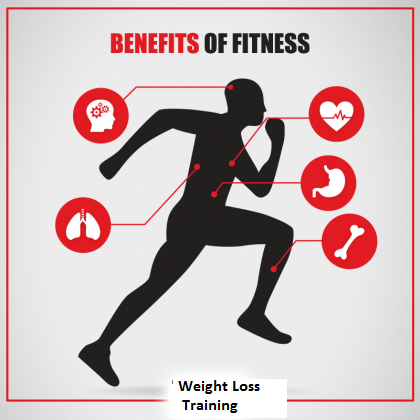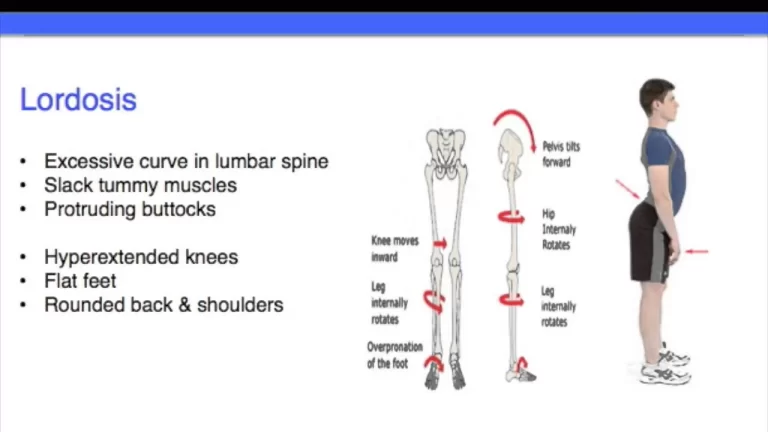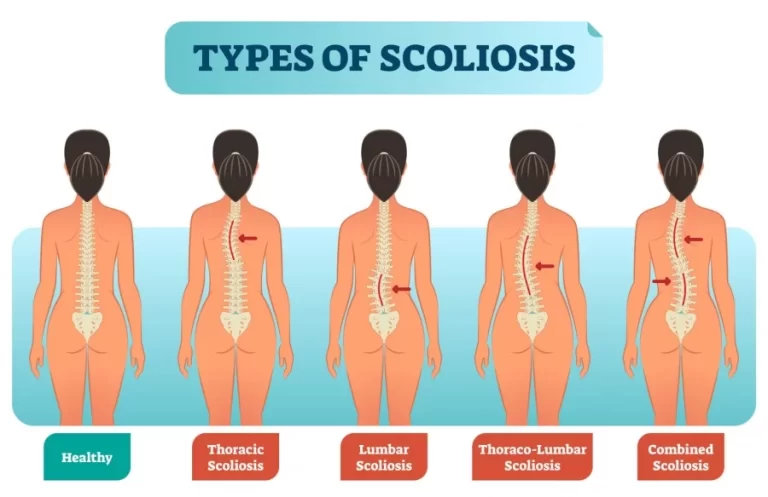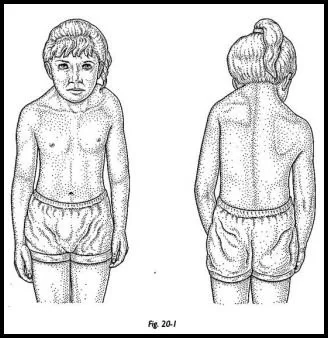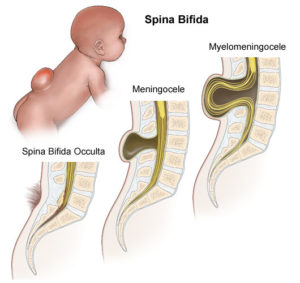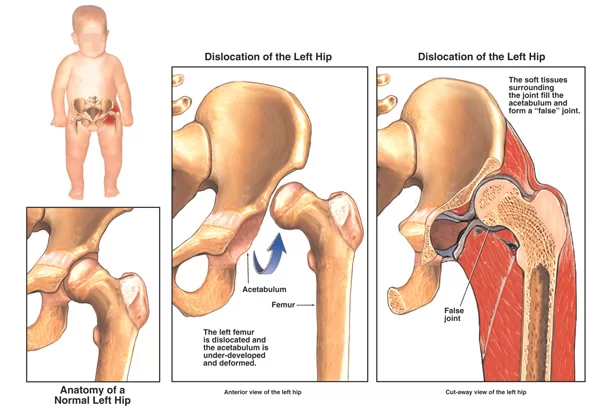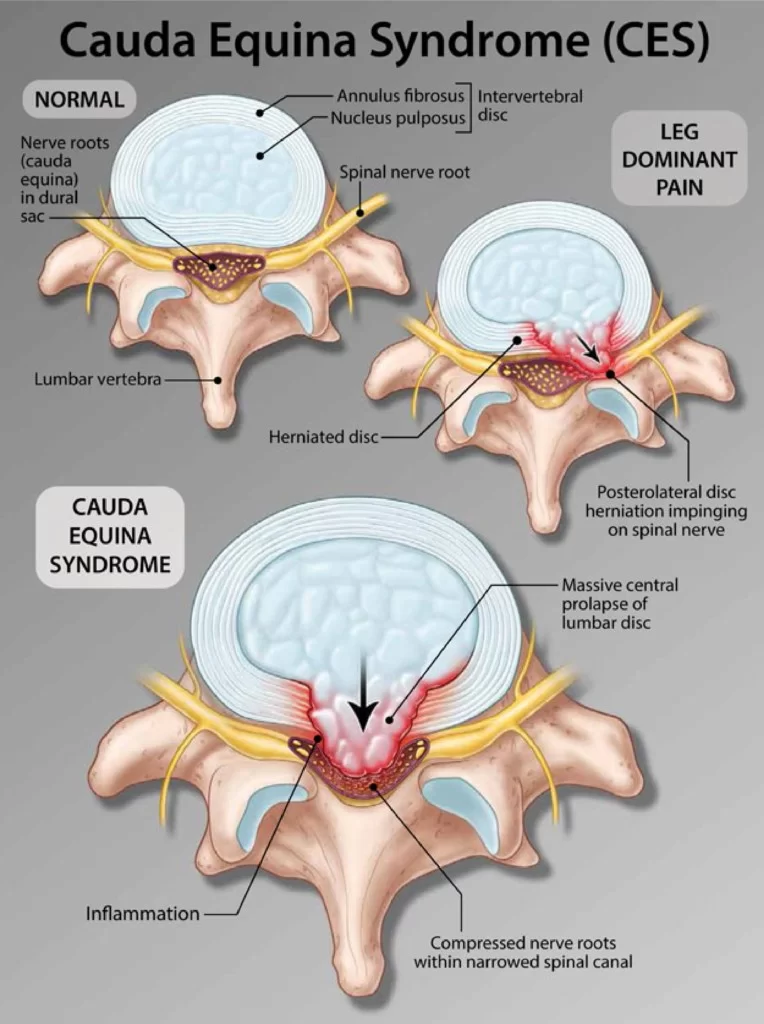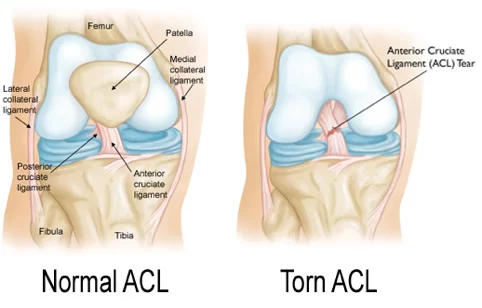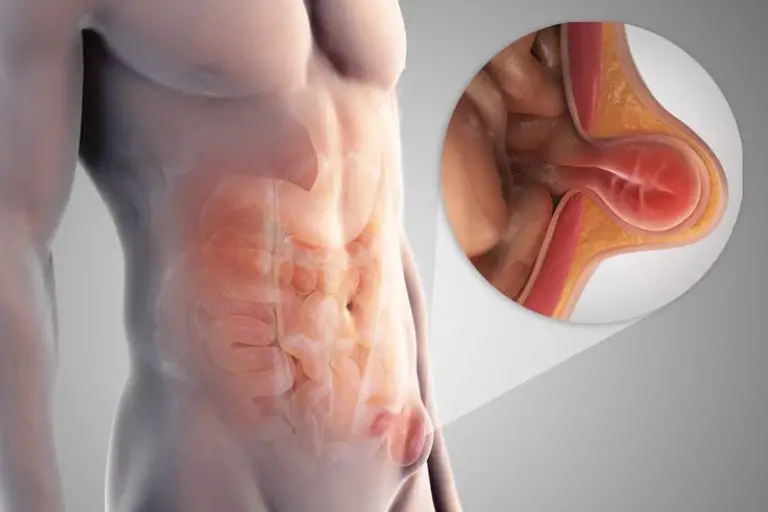Importance of Fitness
What is the fitness? Fitness is not only a means to be physically fit by mental status is also important. If the person is physically fit but mentally ill it will not be able to function optimally. Physical and mental fitness plays a very important role in your lives, and people who are both, physically…

